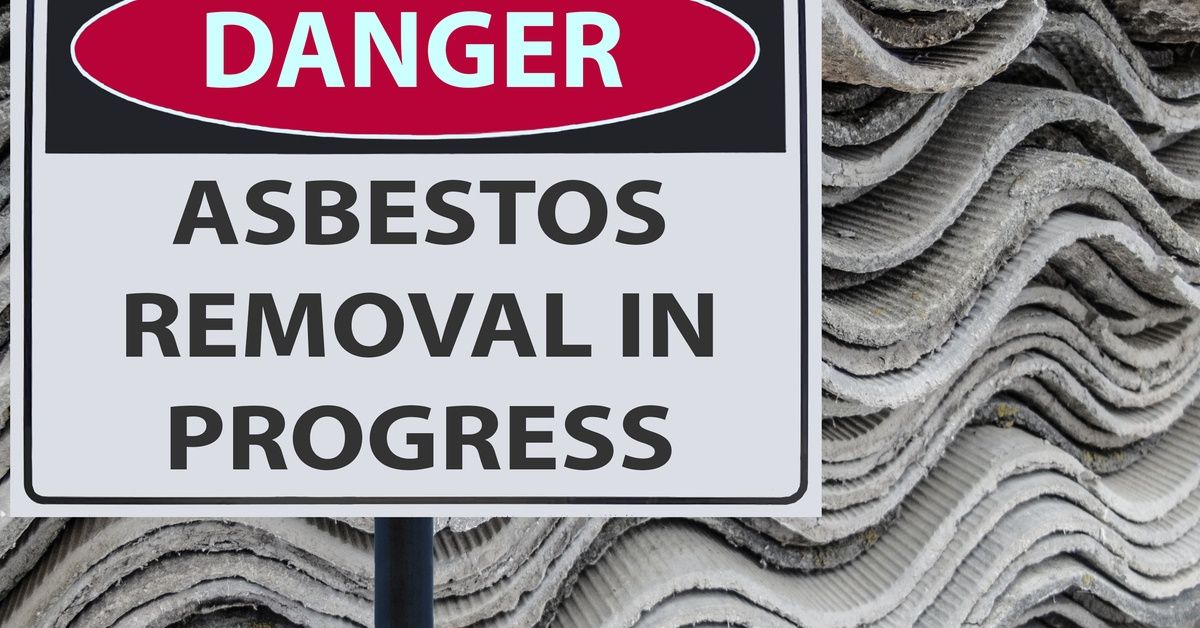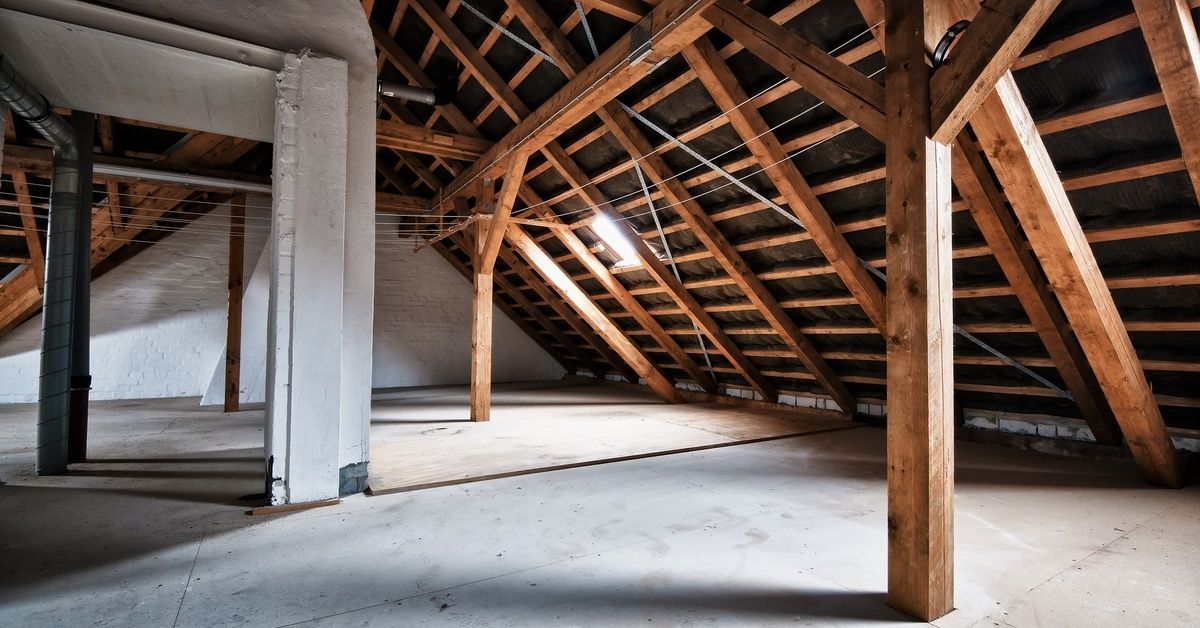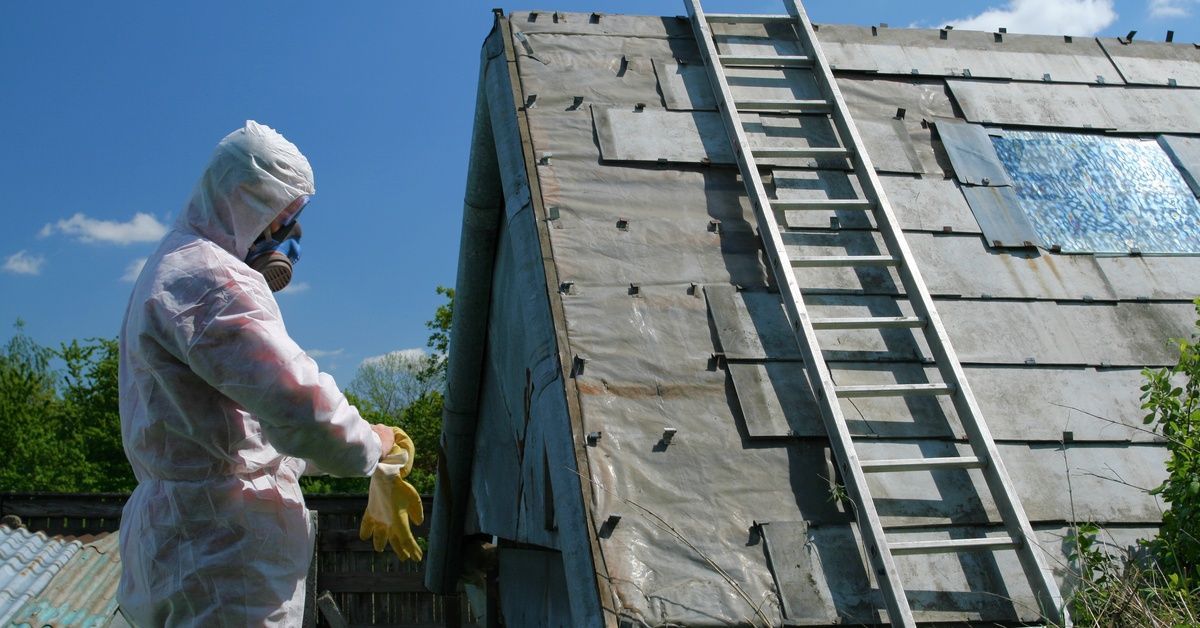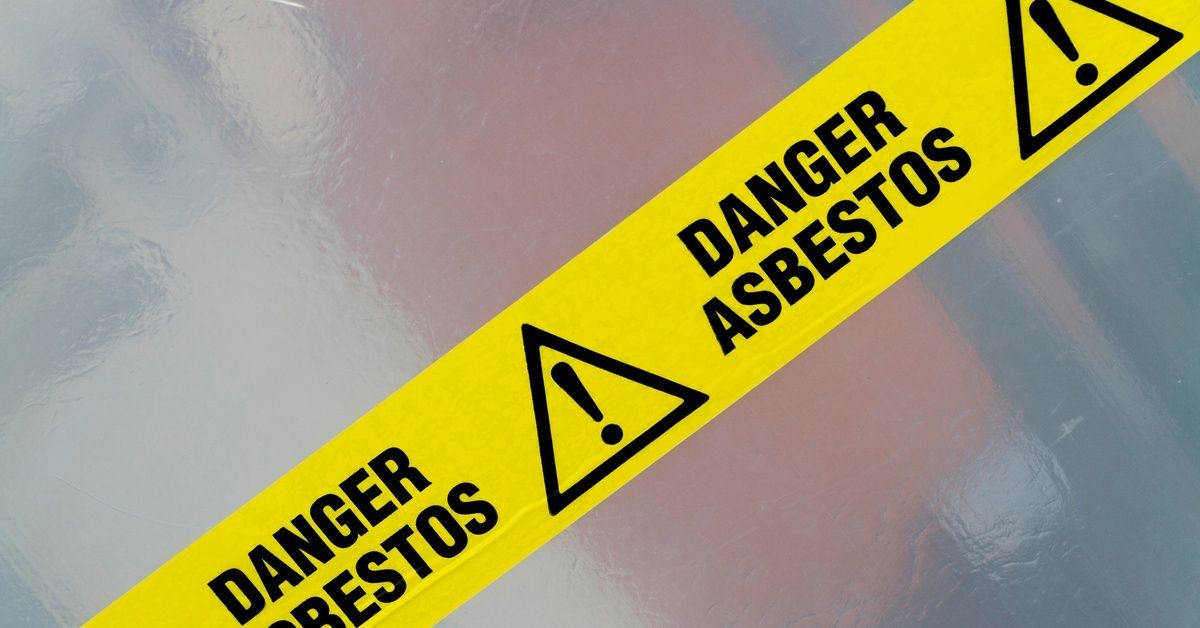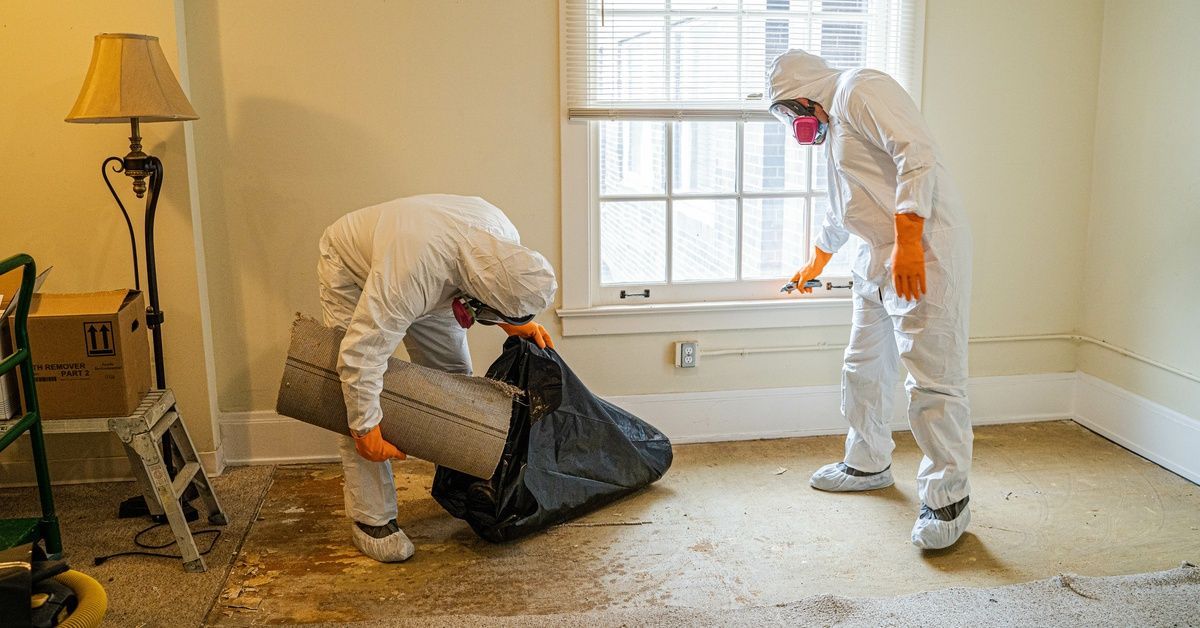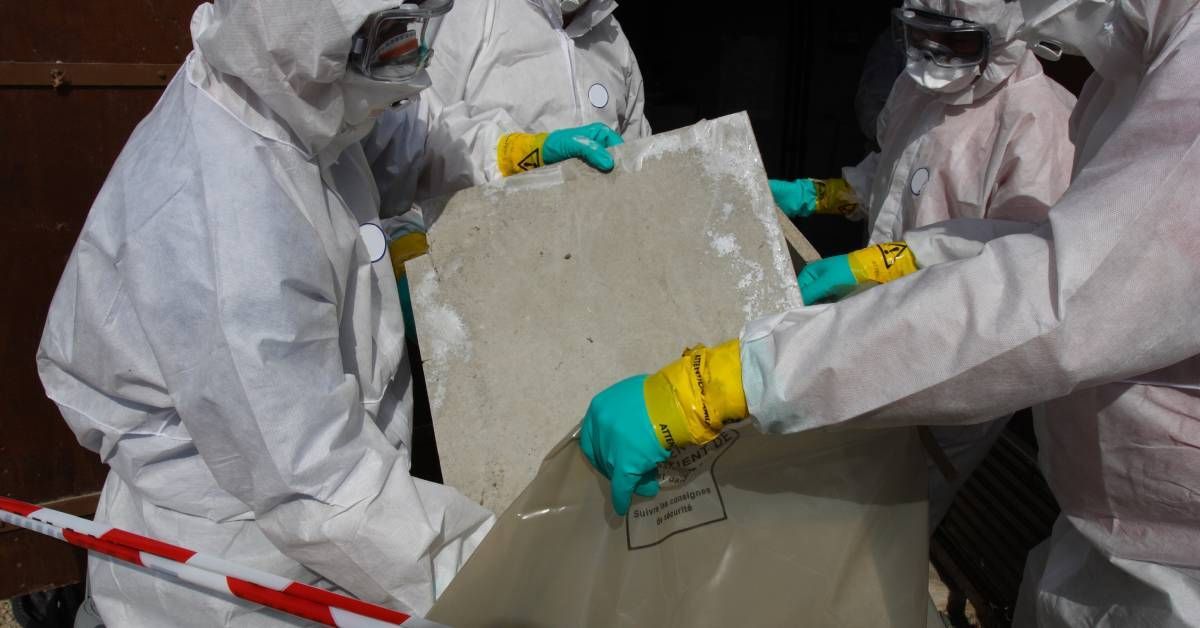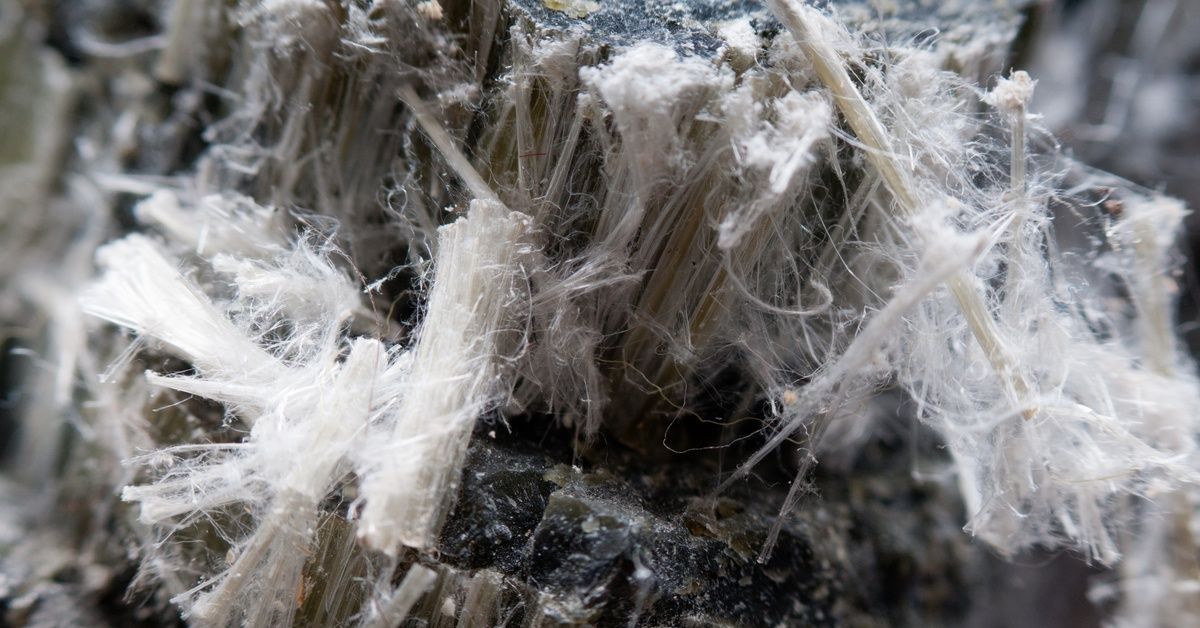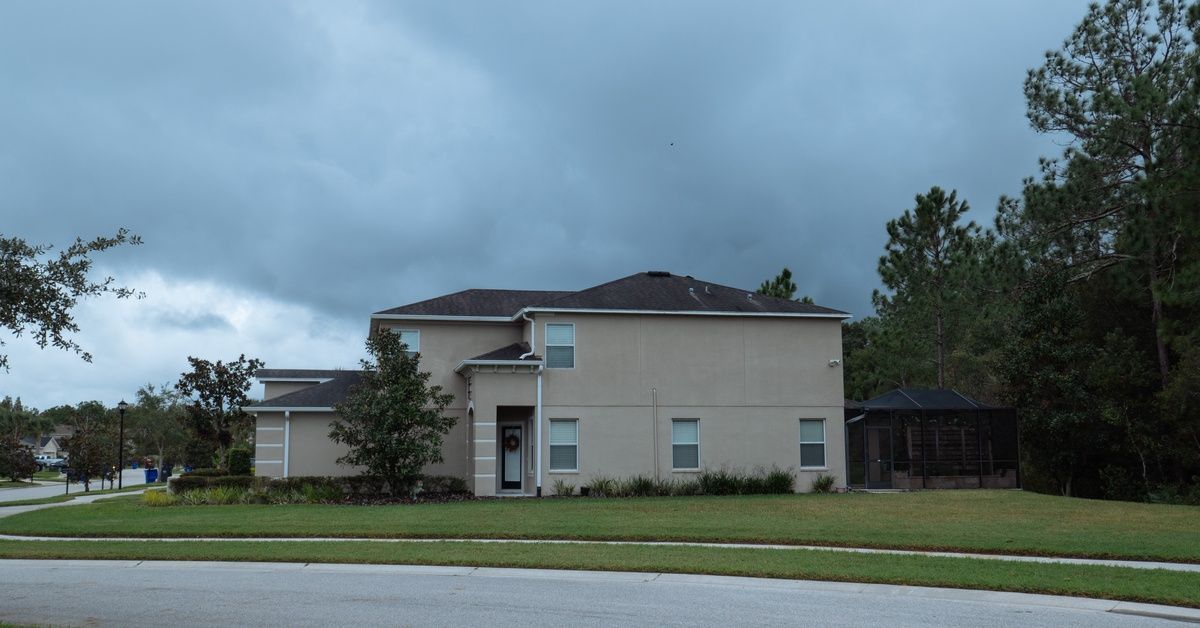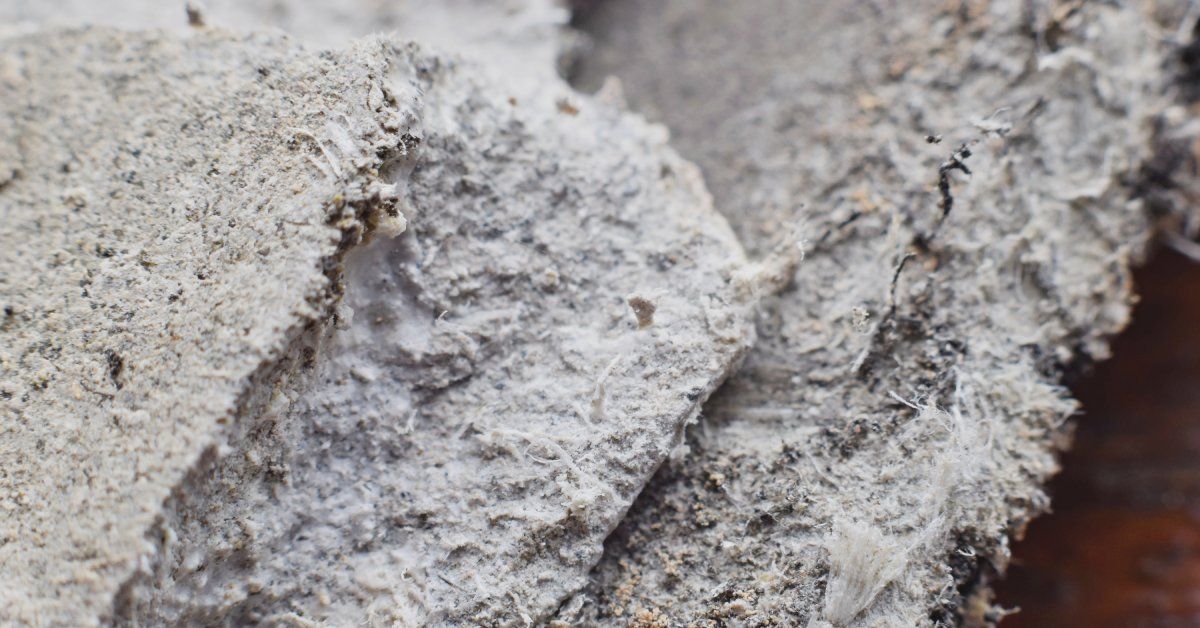Understanding PLM and TEM Asbestos Testing
Asbestos was a popular building material until the mid-20th century; asbestos is a compound that was used between walls as insulation to keep a home warm during the winter. While many modern houses use alternative materials for insulation, many older homes still contain some fragments of asbestos. If you live in an older home, you need to run a test to determine if your home has asbestos. At Air Safe Inc., we use PLM and TEM testing. Here’s a guide to understanding PLM and TEM asbestos testing.
How We Collect Samples
We need to search an entire home for signs of asbestos before deciding on specific spots to collect potential samples. For instance, we go into ceilings and walls to collect plaster and check the attic, which often contains pipe bits.
By methodically accumulating samples, we no longer need to worry about having a paucity of information when inspecting a home.
While looking for samples, we target areas where clients suspect asbestos might linger, but we also perform complete assessments of aged homes to find other spots that are potentially contaminated.
PLM Testing
The acronym PLM stands for polarized light microscopy, which inspects building materials. In other words, when we do a PLM test, we sort through piles of building debris to collect data on fibrous properties. The collected data tells us the percentage of asbestos in the material.
PLM Point Count
The PLM point count refers to the type of asbestos detected and how much was contracted from the material. Even though we use the PLM test to see the actual asbestos, PLM point count finds the type of asbestos, adding the percentage recorded to the physical total.
PLM Gravimetric Point Count
Our gravimetric point count uses a furnace with acids to form its sample and find a percentage. It then compares it to the point count percentage.
TEM Testing
A TEM test, which stands for transmission electron microscopy, confirms small or low traces of asbestos concentrations. The concentrations come from tested building materials and other organically bound materials.
TEM Air AHERA
TEM air AHERA is a test used in commercial buildings and schools. The test detects any final remnants of asbestos and helps give the last call to reopen a building as long as there’s no trace of asbestos or other types of harmful fibers hanging in the air.
As you build your understanding of PLM and TEM asbestos testing, it’s imperative to reach out to Air Safe Inc. for asbestos abatement in MA. Our services provide the best and most trustworthy EPA-approved testing.
Furthermore, we want you to stay safe in your home and business. If you plan to make improvements to older homes or businesses or plan to purchase a new property, we recommend scheduling an inspection before buying or renovating.
At Air Safe Inc., we pride ourselves on using the best methods to test and remove signs of asbestos or other harmful fibers. For more information on asbestos abatement services, contact us here.

